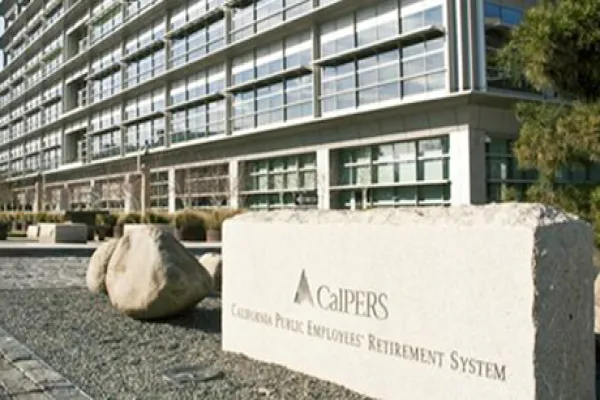Six enormous government-owned investors announced on January 21 that they plan to support a new stock benchmark: the S&P Long-Term Value Creation (LTVC) Global index. The question is, Why does the world need yet another such beast? Its creators say the new index will assess companies’ abilities to create long-term value — and use both qualitative and quantitative factors to do so.
More important, investors including the Canadian Pension Plan Investment Board, Danish pension fund ATP, Singapore’s GIC, the New Zealand Superannuation Fund and the Ontario Teachers’ Pension Plan have agreed to put their money where their mouth is: CPPIB will lead the charge of allocating $2 billion to funds tracking the S&P LTVC Global index.
Not excited? This might not have been the most headline-grabbing news in a week in which the World Economic Forum held its annual meeting in Davos and stock markets tumbled across the globe. Nonetheless, it illustrates that the world of finance is changing, and it is emblematic of a fundamental shift in the way large institutional investors think about investing.
The current financial turbulence, set against a background of sluggish growth and low interest rates, has certainly served as an impetus. It has galvanized institutional investors to think about new ways to generate the income they need to fulfill their mandates, which generally have long-term liability and investment horizons.
For institutions that are looking to harness secular growth trends and generate returns over decades, today’s focus on quarterly reporting cycles and mark-to-market valuations is not only irrelevant. It may also be damaging.
Reporting huge paper losses that may never come to pass can panic stakeholders and encourage them to make short-term allocation decisions at odds with their long-term interests.
Sovereign wealth funds and large public pension funds are looking for alternatives. The S&P LTVC Global index seeks to commoditize quality investing, picking companies that have strong business models, disciplined management teams and low levels of leverage, which enables them to grow and preserve capital over long periods of time. This strategy seeks to generate outperformance over the medium term and has lower volatility than the market. That helps reduce stakeholder anxiety.
The challenge, however, is to help stakeholders understand that they need to take a longer-term view of returns than the current quarterly reporting cycle and board tenure allow. A key aspect that needs to be considered is how asset managers can retain client capital for long enough to invest in projects and assets with return profiles much longer than a normal mandate. But making the shift requires a reformation of the relationship between asset manager and asset owner. As an industry, we need to explore what long-term client mandates would look like in terms of structure, pricing, reporting and incentives.
In addition to performance, the emphasis is now on relationships, trust and responsibility. Some sovereign wealth funds, such as Singapore’s GIC, are leading the way by looking to align interests between asset owners and asset managers through knowledge sharing and novel incentive structures.
Institutional investors are beginning to understand that the opportunities that the future presents will be different from those of the past, and the investment approach needed to harness the financial rewards will be different too.
Victoria Barbary is the director of the Investec Investment Institute in London and a contributor to its latest research.
Get more on pensions and on sovereign wealth funds.






